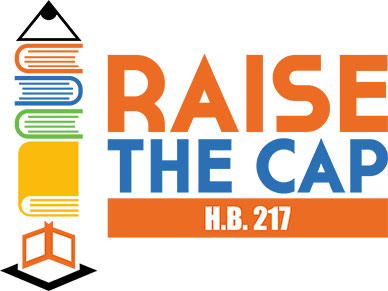A large majority of Georgians support expanding school choice in the state, including more than 80 percent of African-Americans and Latinos. The numbers are astounding, and for good reasons.
Georgia’s students continue to struggle in national measures of academic achievement, and the school choice options that currently do exist—like the tax credit scholarship program—are capped at such low levels that there are constantly long waiting lists.
Since it was first passed in 2008, the tax credit program has given tens of thousands of students the opportunity for a brighter future at a private school, but it has never served all the students who have applied for a scholarship. To do that, the program needs to grow.
First, a bit of background. Georgia’s tax-credit law allows private citizens and corporations to receive tax credits for donations to nonprofit Student Scholarship Organizations (SSOs), which then administer scholarships across the state on behalf of needy kids. In 2015 alone, over 13,500 students received scholarships.
The state House recently approved HB 217, which would raise the program’s current cap from $58 million to $100 million in a graduated course of six years, effectively doubling its size. But the Senate removed the slow and steady growth in the program in favor of a one-time increase in the cap to $65 million, hardly meeting current demand. Furthermore, the Senate version of the bill included an extreme cut to the administrative allowance available to the non-profit student scholarship organizations administering the program, which would effectively push smaller organizations out of the market.
Some lawmakers claim that SSOs spend too much on administrative overhead, including activities like fundraising, marketing, and government compliance. Currently, SSOs are limited to keeping a specific percentage of their total proceeds for administration, depending on how much they take in: 10 percent for the first $1.5 million raised, 7 percent for amounts between $1.5 million and $10 million, 6 percent for amounts between $10 million and $20 million, and 5 percent for amounts over $20 million.
This sliding scale acknowledges that as SSOs are able to raise more money, they don’t need to devote as large a percentage of their budgets to overhead. It also recognizes that smaller or start-up organizations still need a slightly higher percentage to be effective and comply with the law.
The Senate substitute to HB 217, backed by Lt. Governor Cagle and Senate leadership, eliminates the graduated administrative allowance in favor of an across-the-board cap of 3 percent. Importantly, most SSOs in Georgia don’t raise enough money to even afford full-time staff under the 10 percent administrative allowance, let alone a 3 percent cap. These organizations would be most harmed by the Senate change, while the largest SSOs would be least affected by the 3 percent cap due to their bigger budgets.
What’s the result? Small SSOs would be pushed out of the market in favor of a handful of large organizations.
Here’s what this scenario would look like in reality: Four SSOs raised less than $100,000 in 2015 and awarded scholarships to 308 students, almost half of whom come from families making less than $30,000 a year. The proposed change would immediately hamstring these organizations by limiting them to less than $3,000 a year for administration, forcing them to close their doors and returning 308 students back to schools that were not serving their needs.
Is that a result we want?
Aside from claims of administrative bloat, supporters of the Senate substitute bill make two more arguments: First, that SSOs should be brought more in line with other nonprofits in Georgia. And second, that the tax credits law should more closely mirror Florida’s program, which caps administrative allowances at 3 percent.
Both claims don’t stand up to even basic scrutiny. In the first place, of Charity Navigator’s 68 top-rated charities in Georgia, only one operates on less than 3 percent of funds for administration—and that organization has total revenues of more than $547 million. So it’s false to claim the proposed 3 percent cap would bring SSOs more in line with other nonprofits.
Secondly, looking at Florida’s law is like comparing apples and oranges. The Sunshine State only has two nonprofit scholarship granting organizations, only allows corporate donations, and has a total program cap of $500 million compared to Georgia, which has more than 20 active SSOs and a statewide a cap of $58 million.
In the end, if the Senate truly wants to bring Georgia more in line with Florida, lawmakers would be better served to raise the statewide program cap to match Florida’s rather than reduce the overhead allowance. If they did, the program would provide school choice to nearly 130,000 students and propel Georgia into the leadership position among states providing families with real options.
With only one day remaining in the legislative session, we hope the Senate and House can come together to agree on a bill that restores growth in the program and hope for thousands of desperate students and families.
